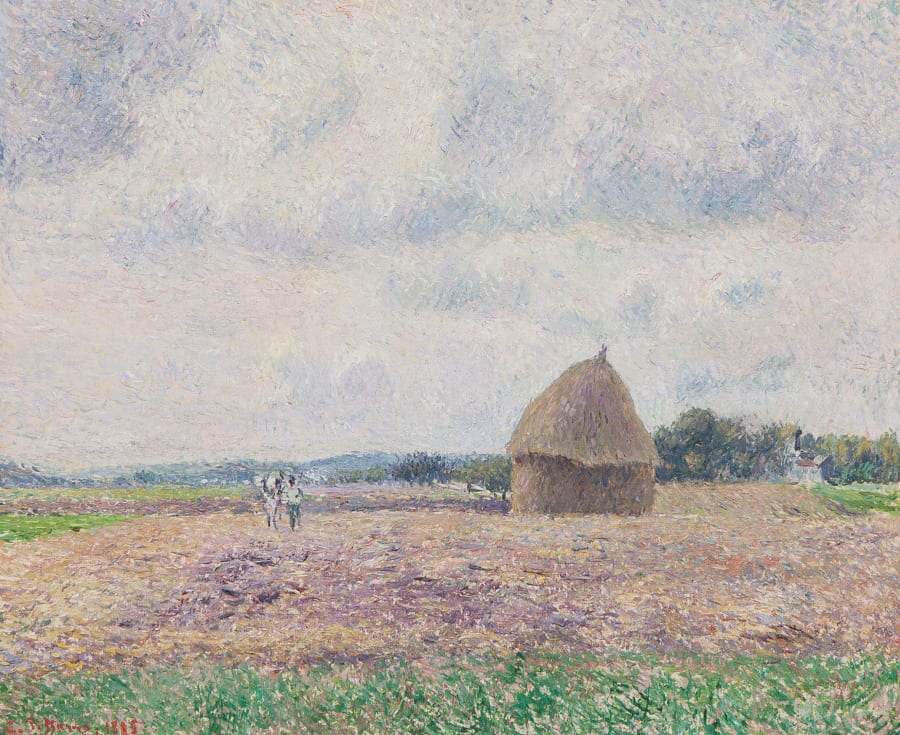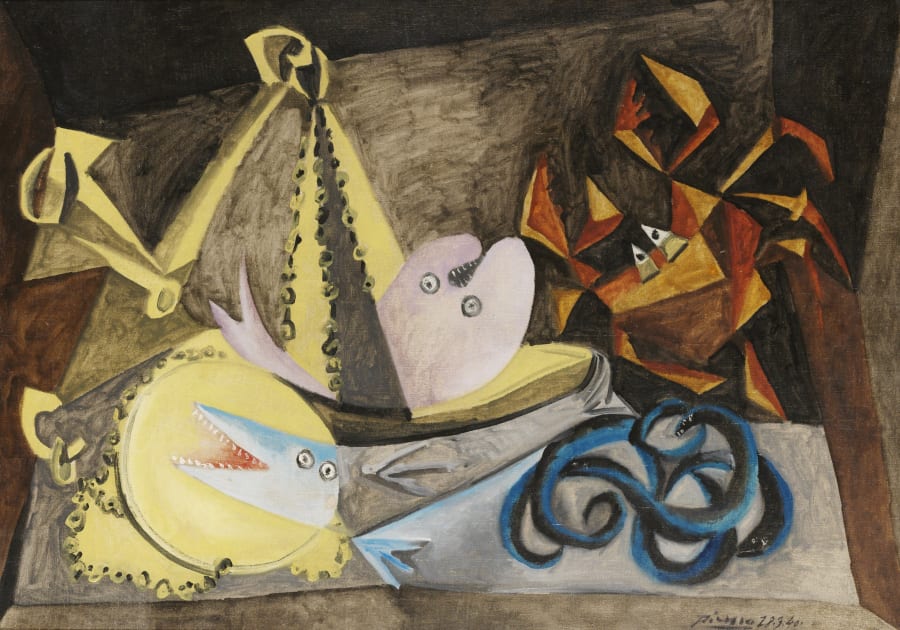

Mitch Griffiths Justice
Justice
Justice stands with Capitol Hill receding into the Washington haze behind her. Throughout history, different civilisations have adopted the iconic Goddess of Justice in new and culturally specific incarnations; as a symbol of some greater power; the word of law to govern all echelons of society. Unlike the traditional depiction of Thesis, who blindfolded, weighs the facts with one foot on the rule book and a sword at the ready, waiting to deliver cold and objective judgement; this figure of authority is not bound blind, but has eyes wide open to her surroundings.
This omnipotent power has the capacity to distribute jurisdiction as she sees fit, but must still contend with bias and subjectivity, manifested by her ability to see the parties involved, as well as listen to their testimony. This would suggest that she is not solely responsible for democracy, diplomacy and integrity, she must deliver due process as she sees fit and ensure that she upholds not the truth, but her truth.
This skewed interpretation of the role that this character traditionally offers us is very much in keeping with the traditions of Greek mythology. Justice here is not some universal law or physical concept which has cold and objective influence upon mortal beings. This Justice is a fallible one, with a human nature, empathy and opinion, despite her super-human powers. This figure of Justice suggests the theory that all who achieve power and influence are (or can be) eventually corrupted by it, and so follows the natural order of authority; the ascent, brief plateau and inevitable.






























